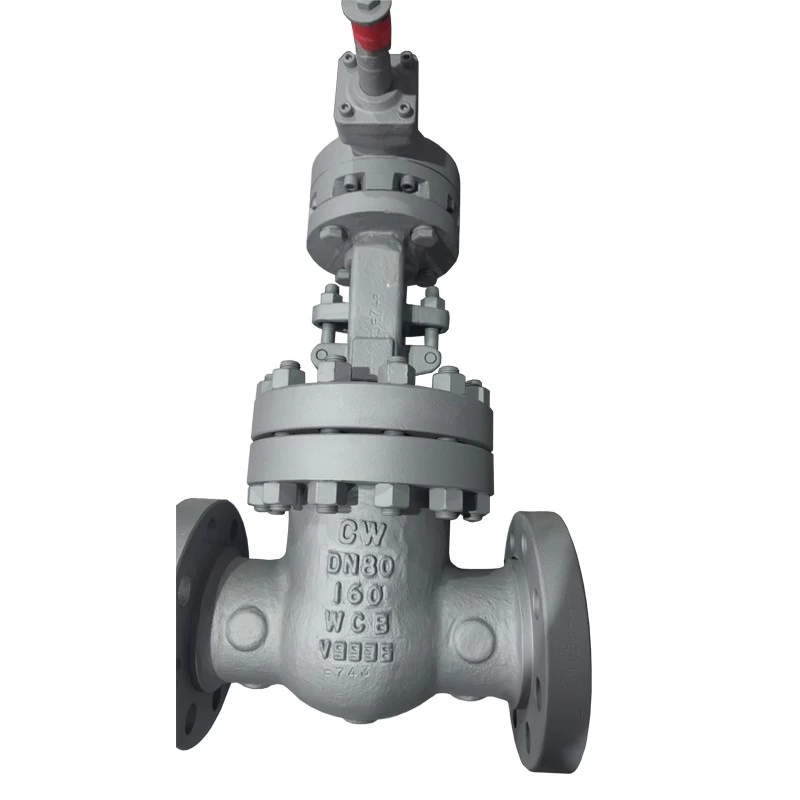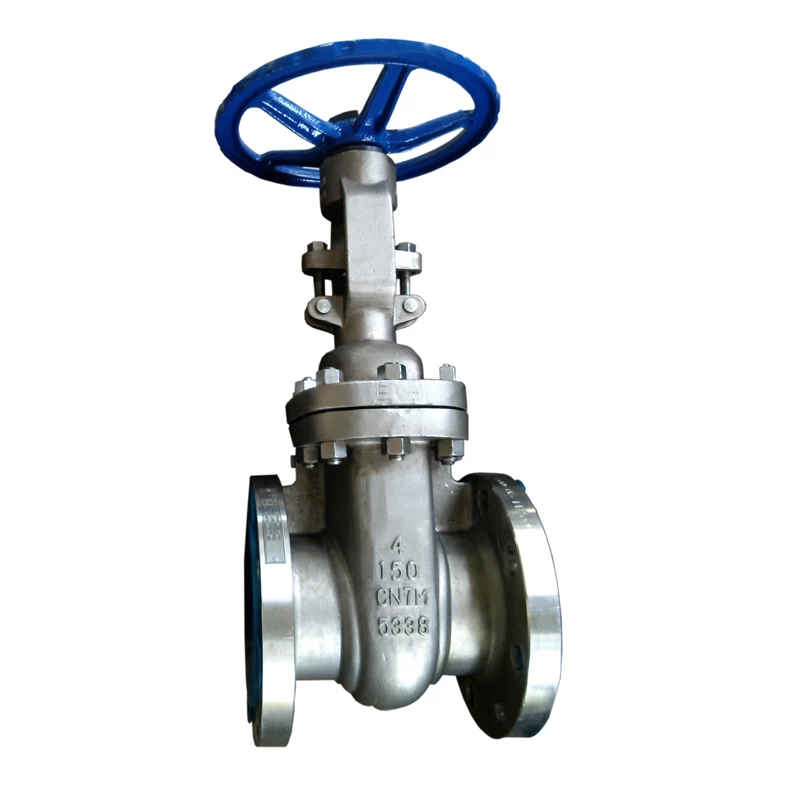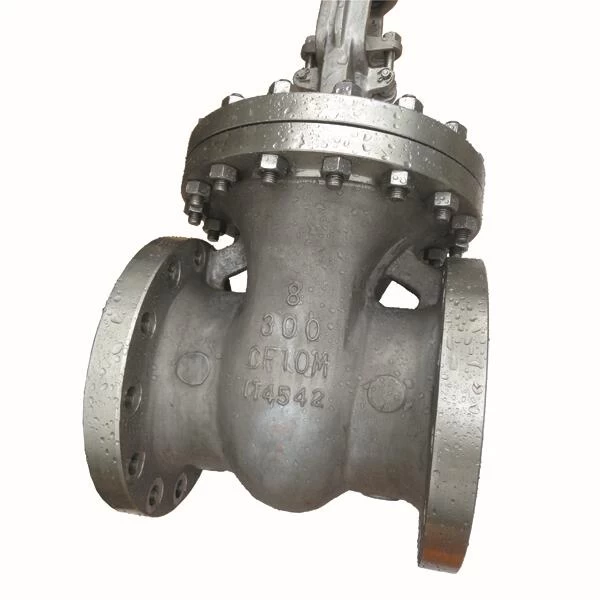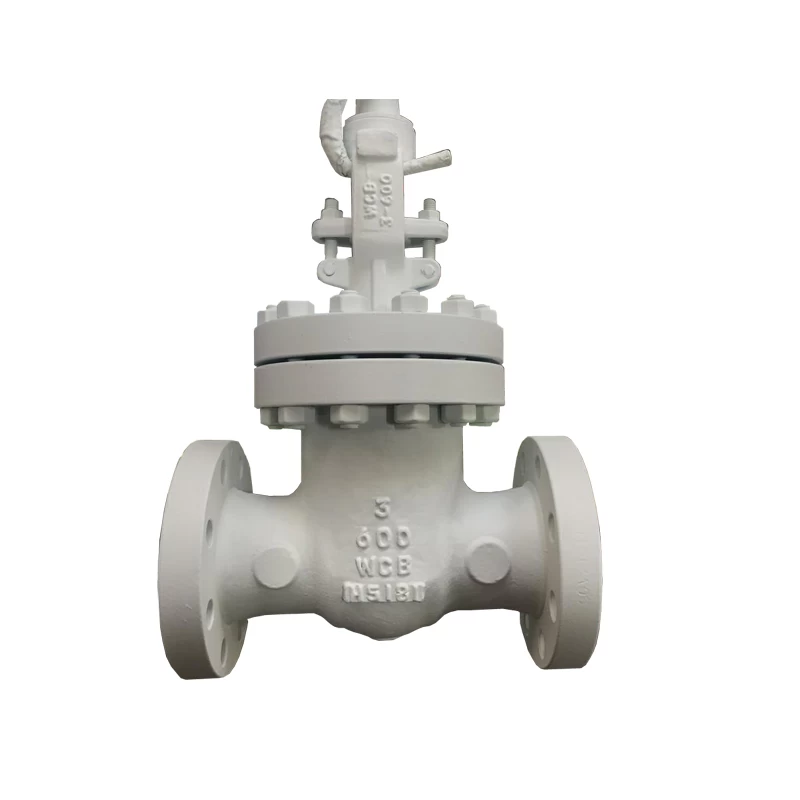- Browse Categories
- Pressure Seal GGC Valves
- Forged Steel Valves
- Conventional GGC Valve
- Control valve
- Soft seal butterfly valve
- Metal Seal Butterfly Valve
- Metal Sealed Ball Valve
- Trunnion Mounted Ball Valve
- Casting Steel Floating Ball Valve
- Forged Steel Floating Ball Valve
- Double Block and Bleed Valve
- Y type Strainer
- Cryogenic valve
- Bellow sealed Valves
- Axial Flow Check Valve
- Wafer Check Valve
- Subscribe
-
Get email updates on new products
- Certifications
-
- Contact Us
-
Cowinns Industry Equipment Co.,Ltd
No.127 Room No.748 Changjiang Road,High-Tech District,
Suzhou City, Jiangsu Province, zip:215128 China
Tel:+86 512 6878 1993
Fax:+86 512 6818 4193
Mob&what's app:+86 153 0620 9257
Email:info@cowinns.com
www.cowinns.com
Contact Now
- News
-
Introduction to PID Diagram Knowledge of Valve Industry
Introductionto PID Diagram Knowledgeof Valve Industry PID diagram is thetechnical core of factory production. Whether it is an engineer from a designi...The difference between DBB, DIB-1, DIB-2
Two types of seat sealing structures commonto trunnion mounted ball valves. 1. Double block and bleed valve A valve with two valve seat sealing pairsc...Gaskets Are Not Created Equal
Gaskets are near the bottom of the food chain of valve components; trim, body materials and packing seem to get a lot more press. But gaskets serve an...True Meaning of Double Block and Bleed
It’s time to do maintenance ona section of process. You don't want to shut down the entire facility, so youdecide to block off and depressurize just ...LNG: Significant opportunities for cryogenic valves
Quenching the world’s thirst for energy while mitigating climate change and air pollution is one of the greatest challenges of the 21st century. Natu...VELAN VTP-2000 Ball Valve
A high performance ball valve with an affordable price Velan Inc., a leading manufacturer of high quality industrial valves for a broad range of indus...Why PTFE-Lined valves should be cossetted
“Every day is a learning opportunity”, is a saying which is often heard here in the Valve World editorial department. After all, the valve industry is so diverse, and the number of applications so huge, that no-one (and certainly not a humble editor!) can possibly hope to know everything.18''RF WCB Butterfly valve
Customized top connection dimensions 18'' RF WCB butterfly valve supplied to power plant service for high temperature steam pipelineValve maintenance on its way to the cloud
Edited by Constanze Schmitz, Analyst ARC Advisory Group Europe ___ In the process industries, one of the most important, yet often over-looked assets,...China (Shanghai) International Fluid Machinery Exhibition (2)
China (Shanghai)International Fluid Machinery Exhibition (2) The China(Shanghai) International Fluid Machinery Exhibition is one of the mostsignifican...
DN80 PN160 WCB trim:5# RF flange manual gate valve
- Valve type: gate valve
- Port size:DN80
- Pressure:PN160
- Material: WCB
- End: RF (raised face flange)
- Operation: manual
- Application: boiler
- Medium: HP condensate
- Medium temperature: 150°C
Structure and material list:
Body and bonnet: ASTM A216 GR.WCB
Wedge: CA15+STL6
Seat:F6A+STL6
Stem: ASTM A182 GR F6a
Gasket: SPW SS316+Graphite
Packing : Graphite
Pressure:PN160
Temperature:≤250°C
The painting is an important considered factor for offshore application valves
Selecting a suitable painting (coating) for an offshore gate valve is critical to protect it from the harsh marine environment, where factors like saltwater, humidity, and corrosion are prevalent. Here’s a guide to help in the selection:
1. Corrosion Resistance
Coating Type: Use coatings with high corrosion resistance, such as epoxy-based paints, polyurethane, or zinc-rich primers.
Multilayer System: Offshore valves often require a combination of primer, intermediate, and topcoat layers to provide long-term protection.
2. Saltwater and Marine Protection
Anti-corrosive Coating: Ensure the coating can withstand constant exposure to saltwater. Marine-grade coatings, like those with anti-corrosive properties, are ideal.
Cathodic Protection: Consider pairing the valve with cathodic protection systems (e.g., sacrificial anodes or impressed current systems) for added durability.
3. Abrasion Resistance
Offshore environments can be abrasive due to debris and sand in seawater. Choose coatings with high abrasion resistance to prevent wear and tear.
4. Temperature and Pressure Conditions
The coating must also withstand extreme temperatures and high-pressure conditions typically found in offshore operations. Select coatings rated for high-temperature applications, such as silicone-based or thermal-barrier coatings.
5. Chemical Resistance
Offshore environments often involve exposure to various chemicals. Ensure the coating is chemically resistant to any substances the valve might encounter, such as oil, gases, or cleaning agents.
6. UV Protection
Use coatings with UV-resistant properties, especially for valves exposed to direct sunlight for extended periods, to prevent degradation.
7. Application Process
Surface Preparation: Proper surface cleaning (e.g., shot blasting) is essential before applying any coating to ensure adhesion.
Compliance Standards: Ensure the coating complies with relevant industry standards (e.g., ISO 12944 for offshore corrosion protection).
By selecting coatings based on these factors, the gate valve will have a longer lifespan and perform optimally in challenging offshore environments.
 +86 512 68781993
+86 512 68781993 
























